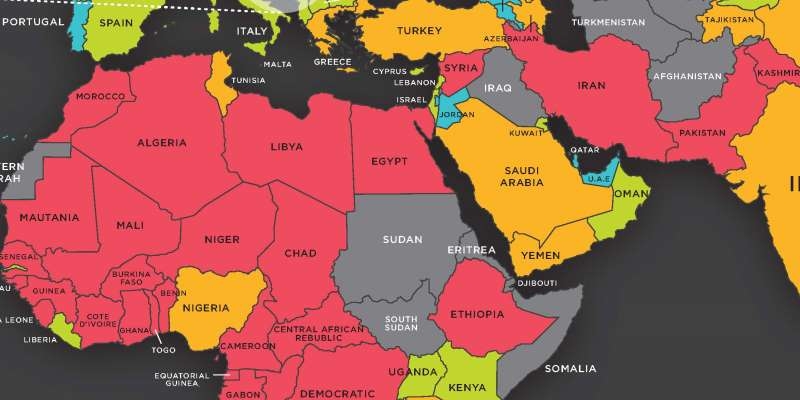Economic Freedom of the Arab World: 2016 Annual Report

Economic Freedom of the Arab World aims to provide a reliable and objective metric of economic policy throughout the Arab World. It measures the extent to which citi-zens of the nations of the Arab League are able to make their own economic decisions without limitations imposed by the government or by crony elites. The report provides sound empirical measurement of economic policy that can distinguish between phony reform that leaves economic and political power in the hands of crony elites, and real reform that creates new prosperity, entrepreneurship, and jobs, by opening business and work opportunities for everyone no matter whom they know.
Arab and Islamic societies have a rich trading tradition, one that celebrates mar-kets open even to the humblest members of society. Economic freedom is consistent with that proud history and provides a path to a more prosperous and freer tomorrow. Economic freedom is simply the ability of individuals and families to take charge of their fate and make their own economic decisions—to sell or buy in the marketplace without discrimination, to open or close a business, to work for whom they wish or hire whom they wish, to receive investment or invest in others.
As discussed later in this report, economic freedom has a proven fact-based record of improving the lives of people, liberating them from dependence, and leading to other freedoms and democracy. Unfortunately, many in the Arab world believe their nations have already gone through a period of free-market reform and that it hasn’t worked. This misconception deprives many of an economic alternative and vision for the future.
In fact, reform was frequently phony. Economic “reform” before the Arab Spring was all too often crony capitalism dressed up in the language of free markets. In many nations, it simply replaced elite control of the economy through government with elite control through crony capitalism—handing off state assets, monopolies, and other rent-seeking opportunities to friends, supporters, and relatives of the regime. Rather than releasing entrepreneurial drive, it protected privilege. Yet, governments in the region and international institutions like the International Monetary Fund promoted this as “free market” reform. An examination of the tables in this report will show little or no real reform in many nations in most areas of economic policy.
However, the tables do show apparent progress in some nations in divesting state enterprises and opening up the market through privatization. This has often been illusionary. The old elites simply took the “privatized” assets and continued their control of the economy under crony capitalism. This is the very opposite of economic freedom, with the rich and the powerful suppressing the freedom and opportunity of others.

